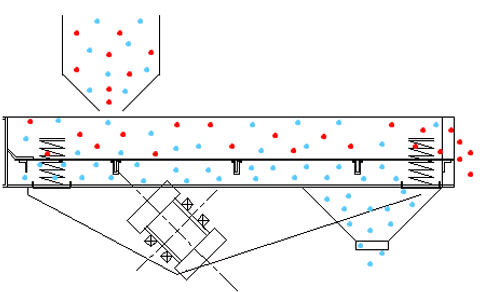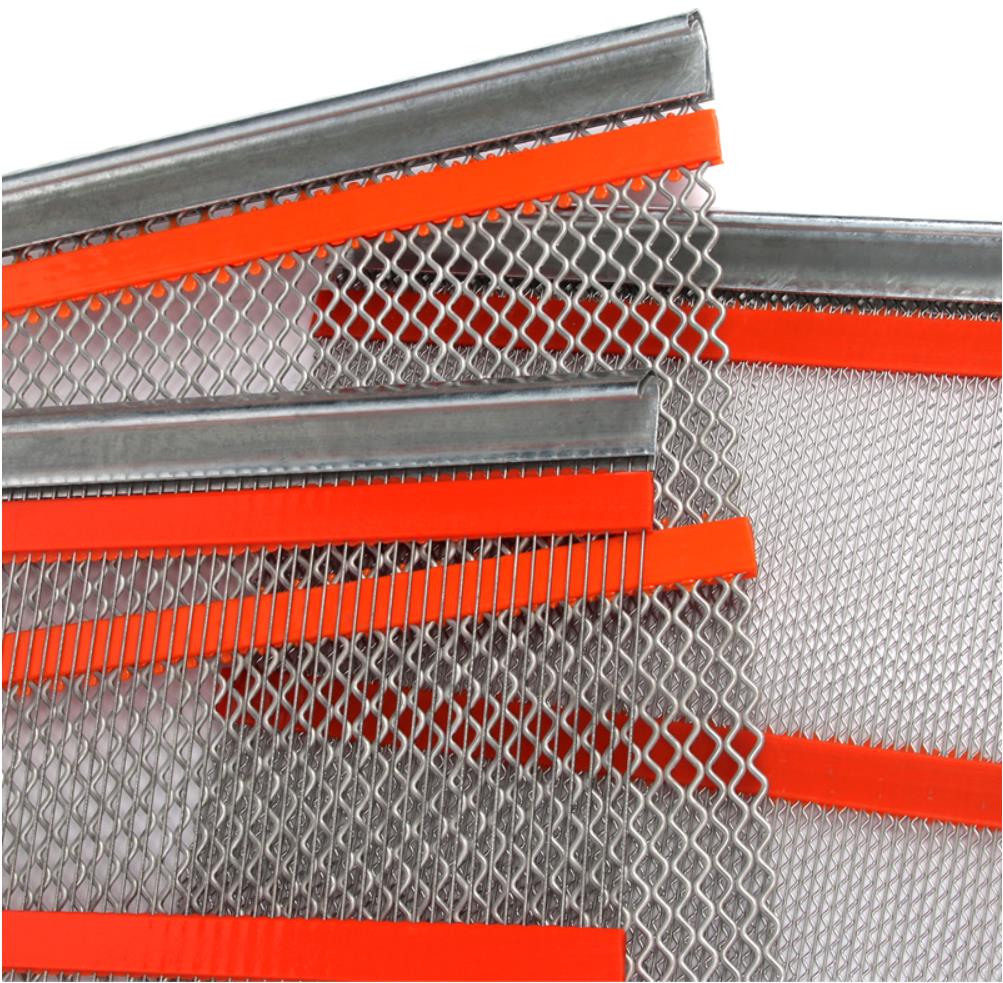Insufficient tension may lead to short life of vibrating screen and low screening efficiency
Vibrating screen has high screening efficiency and diversified product types It is widely used in mining, coal,
Vibrating screen has high screening efficiency and diversified product types. It is widely used in mining, coal, smelting, building materials, refractory materials, light industry, chemical industry and other industries.
Vibrating screen is one of the important components of the whole production line. Its processing capacity and screening efficiency directly affect the overall production capacity and product quality.
The screen is the main working part to complete the screening process. The tension of the screen is directly related to the service life of the screen, and it also has a certain impact on the screening efficiency and productivity of the vibrating screen.

Adverse effects of insufficient screen tension
1. The bending deformation of the screen is large, the stress concentration is serious, and the relaxation of the screen is prone to secondary vibration. Under the action of alternating stress, the screen is damaged prematurely, causing considerable economic losses.
2. The bending deformation of the screen affects the effective screening area of the screen hole, so that the material that should be screened fails to be screened, resulting in reduced screening efficiency.
3. The depression of the screen surface causes material retention, hinders the forward movement of the material layer, and ultimately affects the productivity of the vibrating screen.
4. If a part of the screen is subjected to concentrated force for a long time, it is easy to cause the screen to break, so that materials that should not be screened can be screened, which affects the screening effect. Therefore, it is necessary to strengthen the tension of the vibrating screen, so that the entire screen is evenly stressed and the service life is extended.
From this point of view, increasing the tension of the screen and ensuring the flatness of the screen surface can effectively increase the service life of the screen, and it is also conducive to ensuring the screening efficiency and productivity of the vibrating screen.

Factors affecting the flatness of the screen
After the vibrating screen is tensioned, the main tension, compressive stress and shear stress are relatively small. The part of the screen between the two supports bears tension at both ends and uniform load in the middle. Reasonable increase in tension and reduction in support beam spacing can improve the flatness of the screen surface and increase the life of the screen.
1. The influence of support beam spacing on the flatness of the screen
Increasing the number of supports can reduce the bending deformation of the screen, make the screen flatter, and reduce the maximum stress value of the screen. The overall stress of the screen is also more uniform, reducing stress concentration and improving the stress condition of the screen. However, when the number of supports reaches a certain value, the effect of further increasing the number on the deformation of the screen is no longer so obvious.
The value of the number of supports is related to the length of the screen, the material and diameter of the screen wire, the load size and the flatness requirements. It is necessary to make a reasonable choice based on the above factors.
2. The influence of the tension force on the flatness of the screen
Increasing the tension force can also reduce the bending deformation of the screen, but it will increase the stress inside the screen. Applying tension to make the screen bear a certain prestress is beneficial to improving the flatness of the screen, but it should be less than the safe allowable value, which is related to the material properties of the screen itself.



